Sociedad cooperativa de productores de cacao de
El Salvador de R.L.y C.V. (ES-CACAO)
Copyright 2011
All Rights Reserved
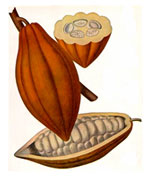
Cacao was cultivated and consumed over 3,000 years ago in this area, the Mayas who inhabited Mesoamerica, what is now southern Mexico, Guatemala, Honduras and western El Salvador were true cultivators of cacao, they perfected its cultivating techniques, they learned how to cure and keep the seeds as well as to make a palatable brew for their consumption. This was not only used in ceremonies, but also as coins. "Long before the Spanish conquest of El Salvador (1524), use of cacao had spread throughout Mesoamerica.
The genetic quality of the cacao cultivated by the Mayas in this area was and is called CRIOLLO, which is considered to be cacao of the best quality.
"Due to the heavy tributes imposed by the Spanish Crown," plagues among the Indians and the frequent eruptions for almost 200 years of the Izalco volcano, whose ashes destroyed most cacao plantations, cacao in El Salvador nearly disappeared and its cultivation substituted by other agricultural products.
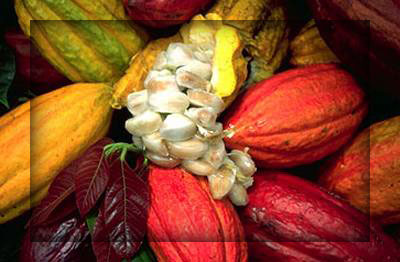
English
History of Cacao
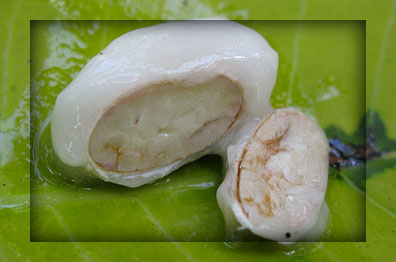
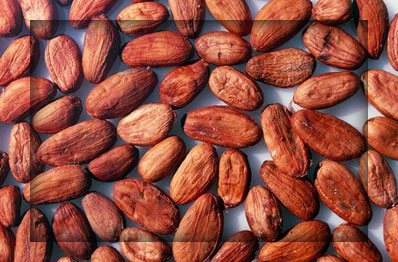
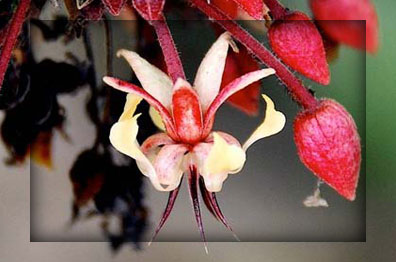
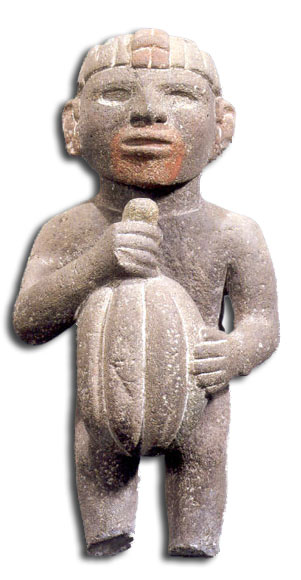
Joya de Ceren is a Mayan settlement circa AD 650 preserved by a volcanic eruption. There are 10 prehispanic structures exposed, including 2 houses, 2 storehouses, a kitchen, and a temascal (sauna).
Joya de Cerén is a unique site in Mesoamerica by virtue of having been a living settlement that was covered by a sudden volcanic eruption. Its extraordinary importance merited the inclusion of Joya de Cerén in the List of World Heritage.
Archaeological excavations at this site have discovered cacao seeds and the cavity left in volcanic ash of an actual cacao tree which was growing next to Structure 4. More than 80 cacao trees have been planted next to Structure 4 as a living interpretative resources to help explain daily life at Joya de Cerén.
Joya de Cerén
Archaeological Park,
El Salvador
(with documented cacao artifacts)
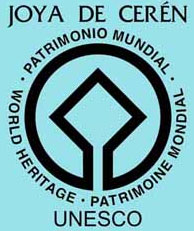
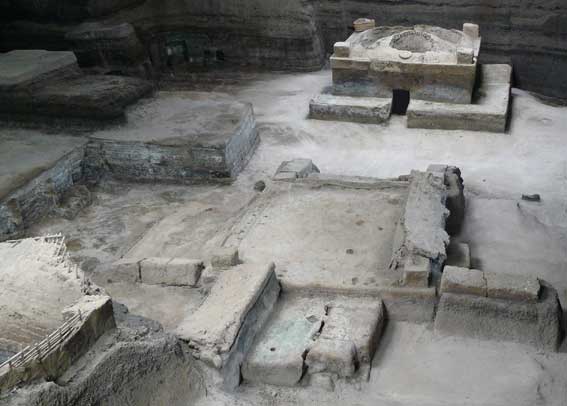
Joya de Cerén
Cacao residue in a painted Mayan vessel, El Salvador
To learn more about cacao and
Mayan ruins in El Salvador,
please visit FUNDAR at:
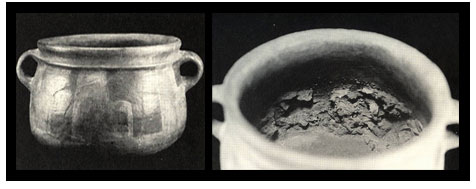
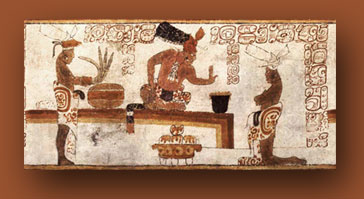
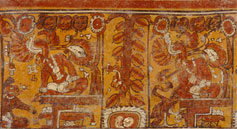



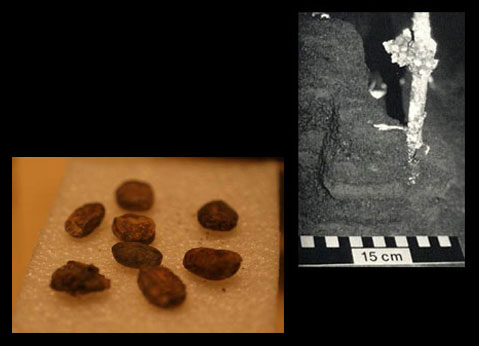
Right:
Young cacao tree trunk, with flower just beginning to open. Had Loma Caldera not erupted, the flower would have grown into a cacao pod. Nearby, Structure 4 stored cacao beans in pottery vessels.
Left: The eight oldest cacao seeds (approximately 1,360 years old) in the world are displayed in the Museum of Joya de Cerén, El Salvador.